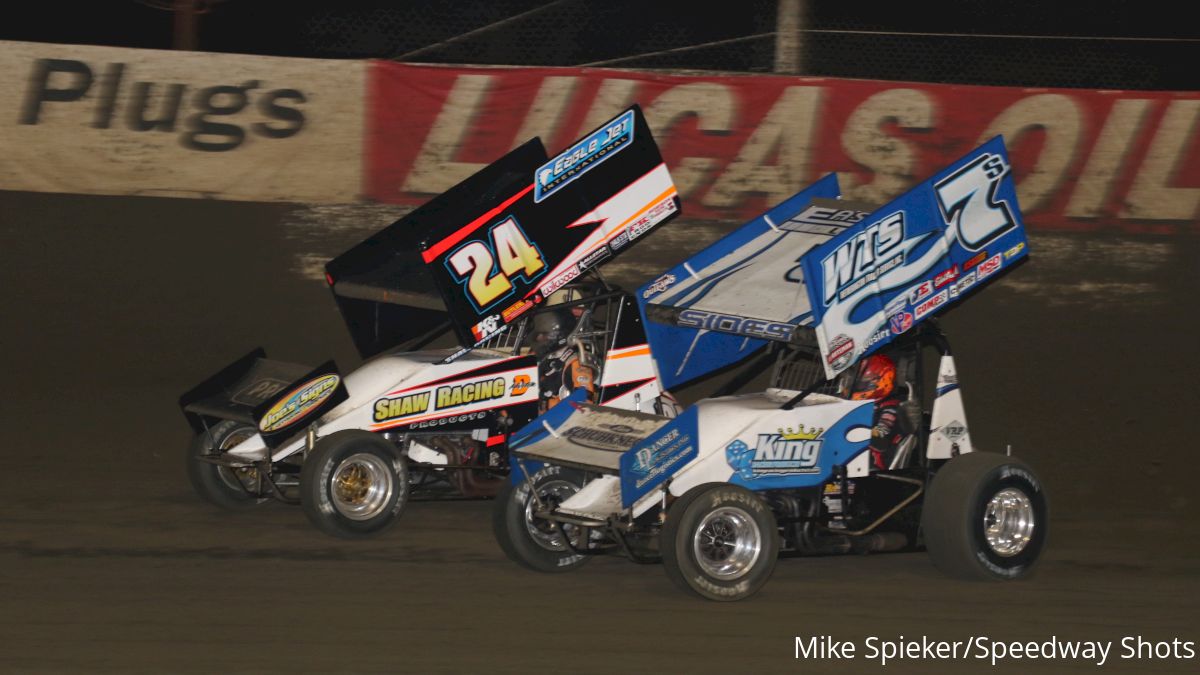Strong Florida Car Counts Highlight Speed Weeks 2018
Strong Florida Car Counts Highlight Speed Weeks 2018
Car counts have rebounded during the first few weeks of the 2018 racing season. Is it a sign of things to come?

By Jonathon Masters
During the mid-to-late 2000s the short track racing world was experiencing turmoil. There were many factors at play, including series being purchased or altogether closed, but a scuffling economy likely played a significant role.
Car counts were among the biggest casualties of the unrest being caused by the changes in the racing environment. Gone were the days of 150-plus car counts at crown jewel events and 40-plus car counts at local events for premier classes. Even the promise of warm weather and an end to the racing drought of winter couldn’t shield Florida’s winter racing kick off from the lower car counts.
Fast forward to 2018.
It is no secret that the fan counts at tracks recently have seen unprecedented surges for big events. We have seen standing-room only in the past few years at tracks and events like never before. Tracks have increased seating and major events are in a new golden age for growth.
But, the same cannot be said for the car counts, which have never really rebounded from the low points of a decade ago. While the well-funded teams have been able to soldier on and the rise of the “mega teams” has completely reshaped the way we think of traveling dirt teams, the car counts have remained much lower than the highs of the 1990s and early 2000s.
Local racers of premier classes have moved down classes and stayed closer to home to save money. It was only logical that one of the events to see the ramifications of this would be Speed Week events. It requires a lot of expensive travel in the form of diesel, food, and lodging. A suffering car count was bound to happen.
This year, however, we’ve seen car counts increase or maintain. East Bay Winternationals saw its highest late model car count in over five years. Winternationals has also seen great car counts from the modifieds and crate late models, and it can also be noted that these car counts have managed to do well despite increased racing options.
Volusia saw an amazing 60-plus car count for its modified week. Bubba Raceway Park in Ocala, FL, and Golden Isle in Georgia also saw fantastic car counts for their Speed Week events. It is truly a return to form for dirt racing’s official yearly kickoff.
The real question the good and increased car counts bring is will this transfer over to the rest of the racing season. Could this be an early indicator that dirt racing car counts in the U.S. are ready for a rebound year?
There are two things we need to look at to lead us towards early answers to this question.
First, we need to take into account that when we look at modifieds we are looking at a class that has been on the rise for the better half of two decades. Racers who drive modifieds are getting to a point that late models were at in the early 2000s. They now have some major traveling series and racers in modifieds are now willing to drive the long distances that before were only considered a late model and sprint car thing to do. The car counts for traveling modifieds may only get better over the next couple of seasons.
The late models are a different story. Traditional late model tracks have closed at video rental place levels over the past five years. There have simply been less of them out there. This seems to have finally bottomed out and began to swing the other way. The late model class seems to have hit a reboot button over the past two seasons, led by the traveling series and their unbelievable crowds. We just may be at the beginning of a new growth age for the class.
The bets are still out and only time will tell, but I think the rebounded car count trend will bleed into the rest of the 2018 season. Speed Week has always been considered the traditional preview of the season ahead. We can only help that this is a tradition that still stands the test of time.